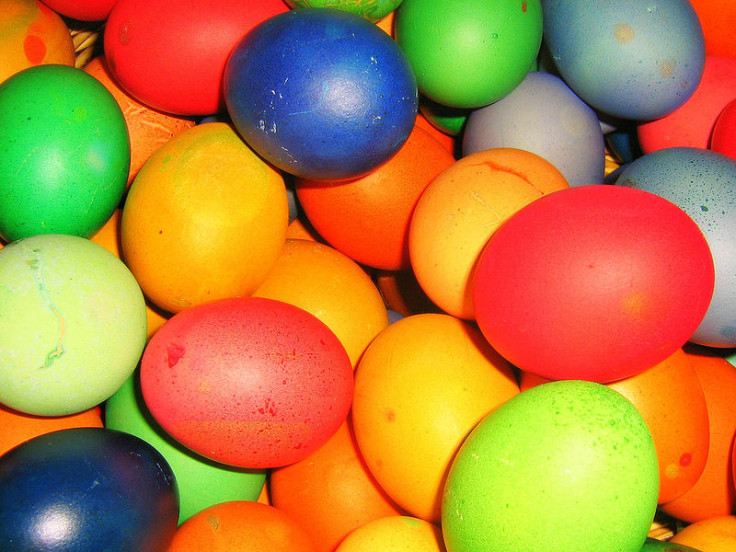Boiling and Colouring Your Own Easter Eggs Without Cracking Them

People planning to celebrate Easter this weekend can have some fun with science by dyeing their eggs using natural organic colours.
To dye Easter eggs, people should look around their homes for items that leave stains – red wine, for example. Fruits, vegetables and kitchen spices can also be used, LiveScience reports.
In its guide, the website explains how to achieve different colours:
- Brown or tan: strong coffee
- Dark purple: red wine
- Green: spinach leaves
- Blue: red cabbage
- Orange: yellow onion skins
- Yellow: grated carrots
- Pink: beets or cranberry juice
To make the dye, fruits and vegetables should be chopped up to pulp. White wine vinegar should then be added, with one part vinegar to three parts of the pulp dye. The vinegar reacts with the dye to change its chemical bonds, so the dye attaches to the egg.
This reaction can end up changing the colour of the dye too, so people could end up with a nice surprise.
Eggs should then be placed in a saucepan and boiled gently for about five to 10 minutes. To stop eggs from cracking, there are several tips people can use.
Russ Parsons, food editor of the LA Times, suggests people place eggs in a pan just big enough to hold them in a single layer: "Cover them with cold water and bring them to a rolling boil. Cook for one minute, then remove them from the heat. When the water has cooled enough that you can put your hand in (about 20 minutes), the eggs will be perfectly cooked."
This is thought to work because of the cold water, which prevents cracking. Having them in a single layer will also help stop any breakages.
When dyeing eggs, you can either boil them in the dye or hard boil them first, then place them in the dye overnight. Colours come out richer by leaving them overnight.
© Copyright IBTimes 2025. All rights reserved.






















